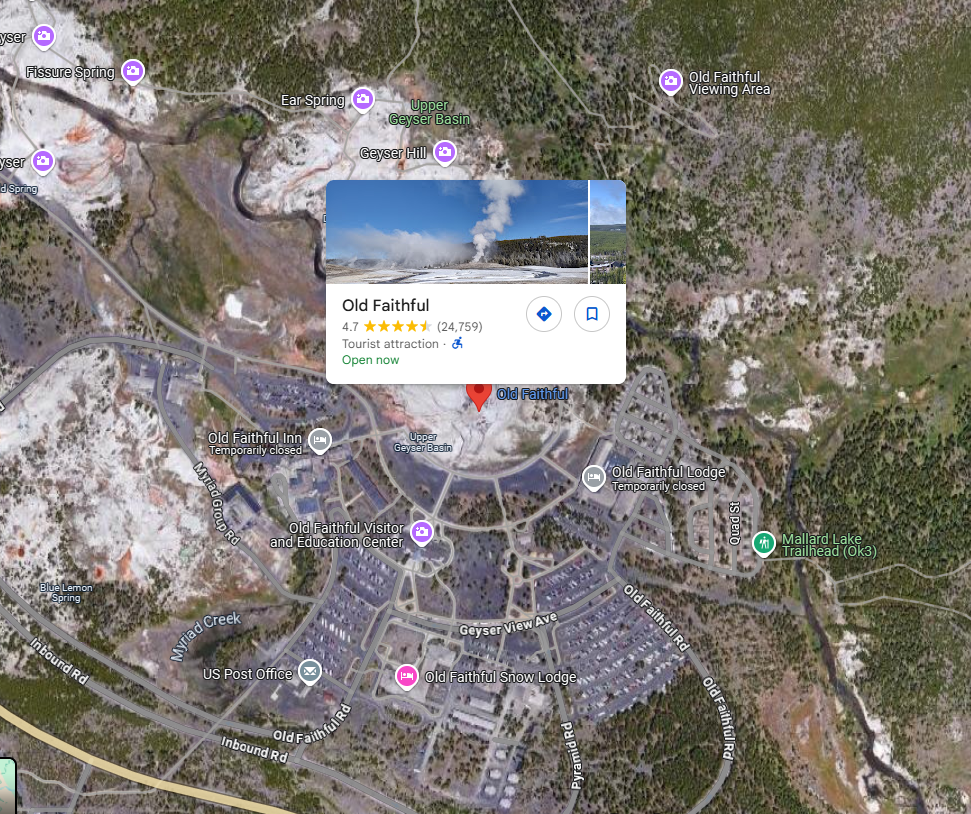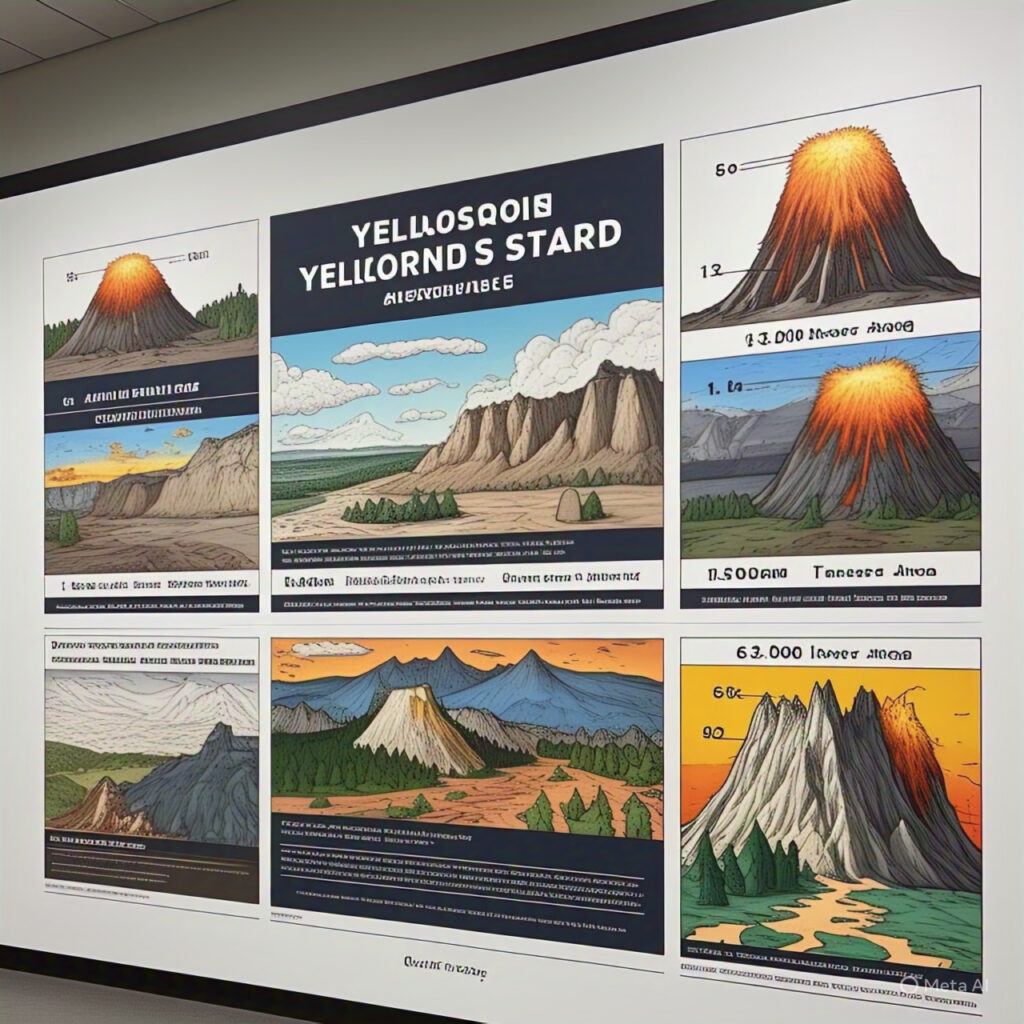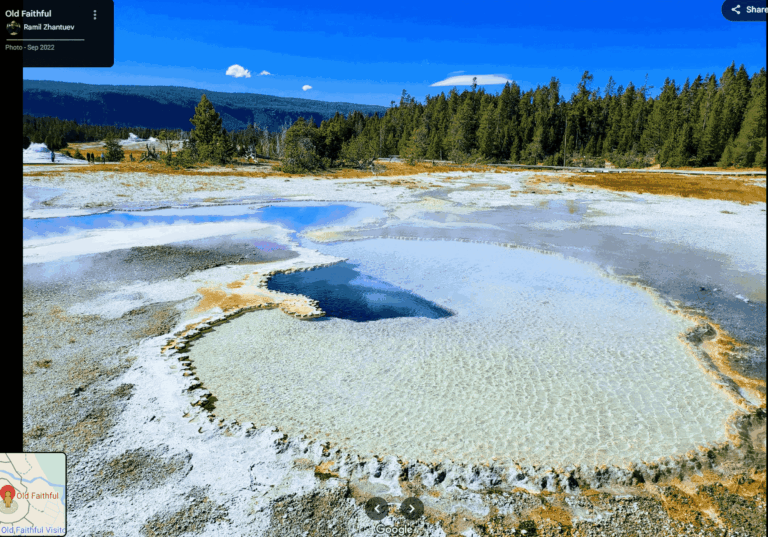ellowstone Magma Cap: 7 Alarming Facts About the ‘Breathing’ Shield Protecting Us From a Supervolcano Eruption
Imagine a colossal molten layer just a few kilometers beneath your hiking boots at Yellowstone. Now imagine it breathes. Sounds like sci-fi? Think again—this is the chilling yet fascinating reality beneath America’s most iconic supervolcano.
Introduction🧰
What if the one thing stopping Yellowstone from blowing its top isn’t a geological quirk, but a living, pulsing magma cap quietly breathing beneath our feet?
Is this something you want to search the entire internet for, analyze it, and separate it from everyone else? Thought so. After analyzing everything across the internet and gathering real-world insights, the Bhussan.com team shares this friendly, helpful article that dives deep into one of the most important geological discoveries of our time.
Scientists have just revealed the existence of a “breathing” magma cap less than 4 km below Yellowstone National Park. This cap might be doing something remarkable: delaying or even preventing a massive volcanic eruption.
Ready to dive in? Let’s decode this Yellowstone magma cap mystery together!
What Exactly Is the Yellowstone Magma Cap?🔍
A Molten Blanket Beneath the Surface
This newly identified Yellowstone magma cap is a semi-solid layer of molten rock sitting directly on top of Yellowstone’s larger magma chamber. But what makes it truly unique is that it appears to breathe, expanding and contracting over time.
Scientists believe this rhythmic movement plays a crucial role in regulating volcanic pressure.
Think of it like a pressure cooker lid with a safety valve. That valve might just be Yellowstone’s magma cap.
Why It’s a Game-Changer
Previously, geologists believed the space between the surface and Yellowstone’s main magma chamber was mostly solid crust. But this discovery redefines that understanding and opens up new interpretations about:
-
Yellowstone’s eruption timelines
-
Pressure dynamics inside supervolcanoes
-
Geological safety mechanisms

How Scientists Discovered the Magma Cap🧬
Advanced Imaging Techniques
Researchers at the University of Utah and USGS used cutting-edge magnetotelluric imaging and seismic tomography to detect this thin, molten cap. These methods revealed conductivity changes and velocity slowdowns, both signs of partial melt close to the surface.
Breathing Pattern Analysis
What’s wild is that this cap isn’t static. Over time, they noticed periodic inflation and deflation, like the slow inhale and exhale of a slumbering beast. These movements correlate with earthquake swarms and ground uplift recorded over the past decade.
Collaboration from Around the World
This wasn’t just an American endeavor. Scientists from Japan, Iceland, and Italy contributed insights, comparing it to similar volcanic features elsewhere. Yet, Yellowstone’s magma cap is one of a kind.

Could This Magma Cap Prevent an Eruption?🧨
Nature’s Pressure Regulator
Geologists now suspect this Yellowstone magma cap might act as a pressure buffer, absorbing seismic shocks and preventing sudden upward pressure spikes that could trigger an eruption.
It’s like a geological shock absorber—helping Yellowstone vent steam without blowing the whole top off.
Delayed But Not Denied?
Here’s the kicker: while the cap may delay an eruption, it’s not an eternal barrier. It’s buying time, not granting immunity. As pressure builds, its capacity could be overwhelmed.
-
Pro: It reduces immediate eruption risk.
-
Con: May give a false sense of long-term safety.
Implications for Emergency Planning
This discovery is a double-edged sword. While it reduces immediate panic, it also means emergency plans need long-term flexibility, not just short-term alertness.

Historical Context: Eruption Patterns and Supervolcano Timeline🗓️
The Big Three
Yellowstone has erupted three times in the past 2.1 million years:
-
Huckleberry Ridge (~2.1 million years ago)
-
Mesa Falls (~1.3 million years ago)
-
Lava Creek (~640,000 years ago)
Each of these was a caldera-forming event, ejecting massive ash clouds and reshaping landscapes.
Are We Overdue?
Popular media loves to hype the “we’re overdue” narrative. But scientists caution against this. Volcanic systems don’t work like clockwork. That said, the magma cap may explain the delay.
Could it be that this breathing barrier is exactly why we haven’t seen another supereruption?

Current Seismic Activity and Monitoring🧭
Recent Developments
In recent years, Yellowstone has seen:
-
Swarms of minor earthquakes
-
Subtle ground deformation
-
Hydrothermal changes in geyser behavior
Interpreting the Data
These are signs of an active but stable system. While sensational headlines shout “Eruption Imminent!”, scientists interpret these signs as normal breathing patterns of the magma cap.
Eyes in the Sky
The Yellowstone Volcano Observatory (YVO) and NASA satellites constantly monitor the region with InSAR, GPS, and seismic arrays.
Conclusion: The Yellowstone Magma Cap’s Role in Our Future
The Yellowstone magma cap may be one of the most important geological features on Earth right now. This “breathing” cap acts as a pressure regulator, potentially preventing catastrophic eruptions. While it’s not a permanent fix, it buys us time. The implications for emergency planning, as well as for understanding supervolcano behavior, are profound.
As scientists continue to study this extraordinary find, we are reminded that Yellowstone is far from a dormant beast. It’s alive and breathing, quietly shifting beneath our feet. The next time you visit the park, remember: it’s not just the geysers that are bubbling beneath the surface.

FAQs on the Yellowstone Magma Cap
-
What is the Yellowstone magma cap?
-
The Yellowstone magma cap is a semi-solid layer of molten rock located just beneath Yellowstone National Park. It plays a crucial role in regulating volcanic pressure, potentially preventing massive eruptions.
-
-
How deep is the Yellowstone magma cap?
-
The magma cap is located less than 4 kilometers below the surface of Yellowstone National Park.
-
-
Does the Yellowstone magma cap “breathe”?
-
Yes! The cap has been observed to expand and contract over time, almost like a breathing organism. This movement helps regulate pressure inside the supervolcano.
-
-
Can the Yellowstone magma cap prevent an eruption?
-
The magma cap can delay an eruption by absorbing seismic pressure and acting as a buffer, but it’s not a permanent solution. As pressure builds, it could eventually be overwhelmed.
-
-
How was the magma cap discovered?
-
Scientists used magnetotelluric imaging and seismic tomography to detect the cap. They also observed periodic inflation and deflation patterns in the region.
-
-
What are the risks associated with the Yellowstone magma cap?
-
While it delays eruptions, the Yellowstone magma cap doesn’t make the region immune to future supervolcanic events. It’s a temporary safety measure, not a permanent solution.
-
-
How do scientists monitor Yellowstone’s volcanic activity?
-
Yellowstone is monitored through seismic arrays, GPS, and satellite-based systems like InSAR, which help track ground deformation and volcanic pressure.
-
Learn more from the USGS on Yellowstone’s geological activity

